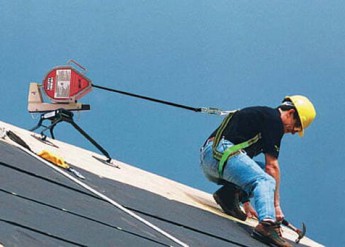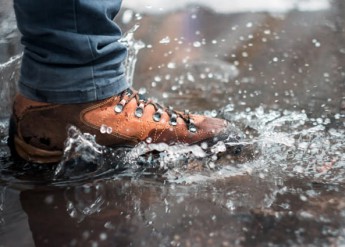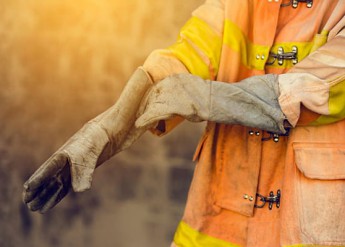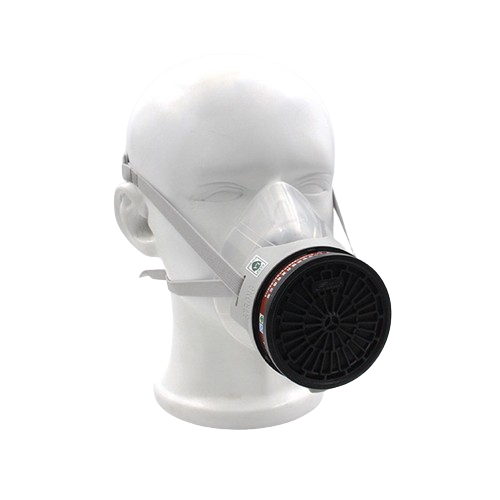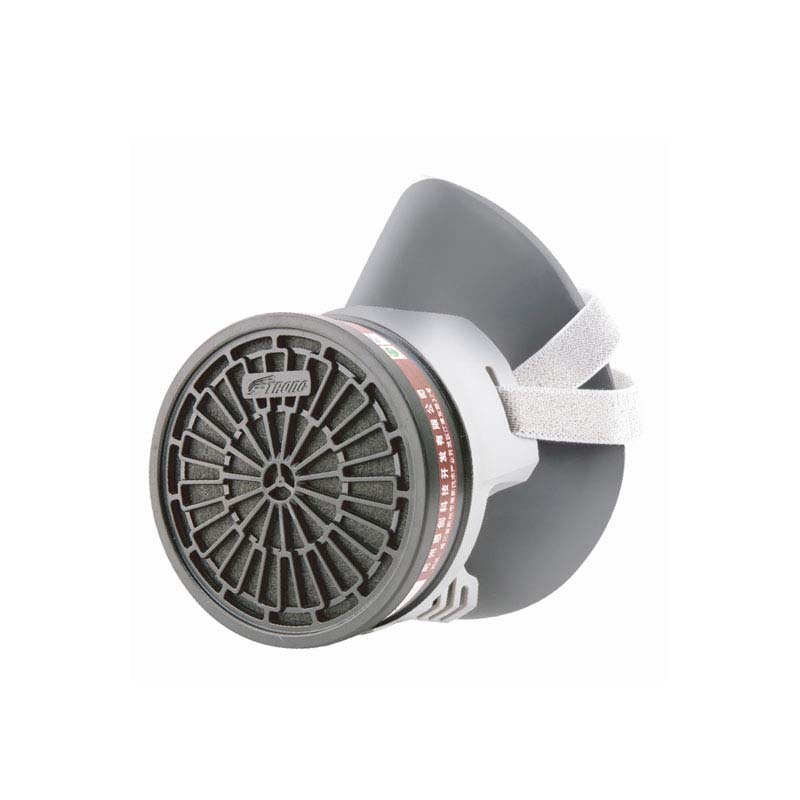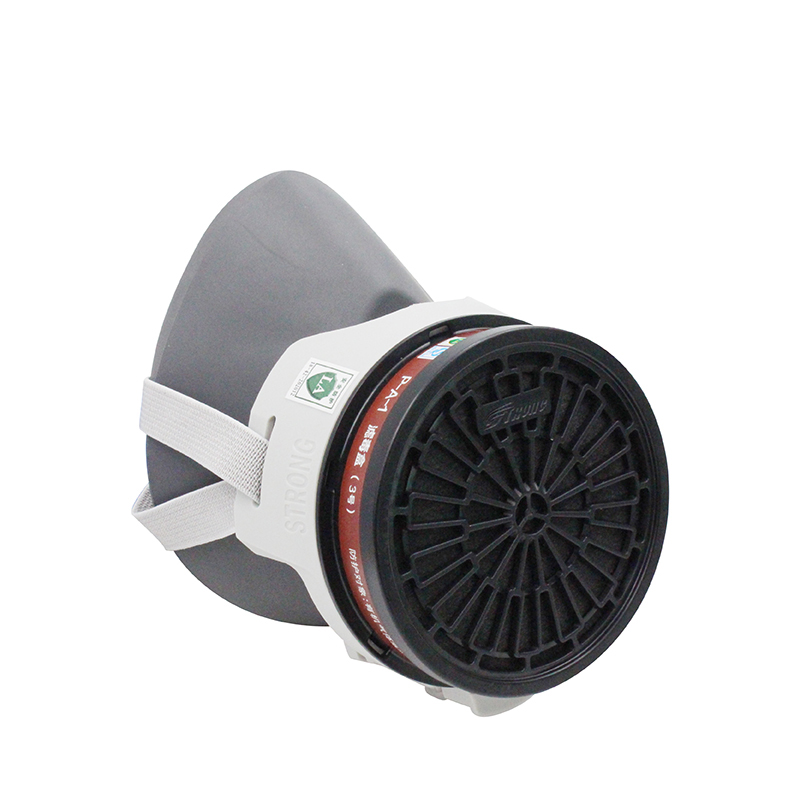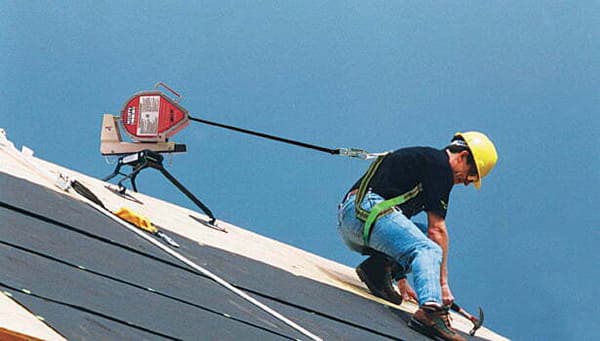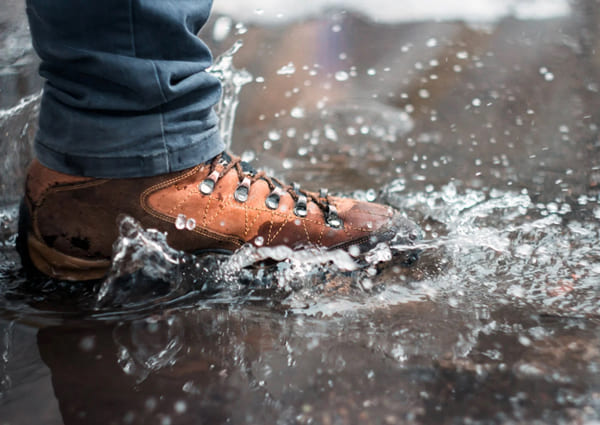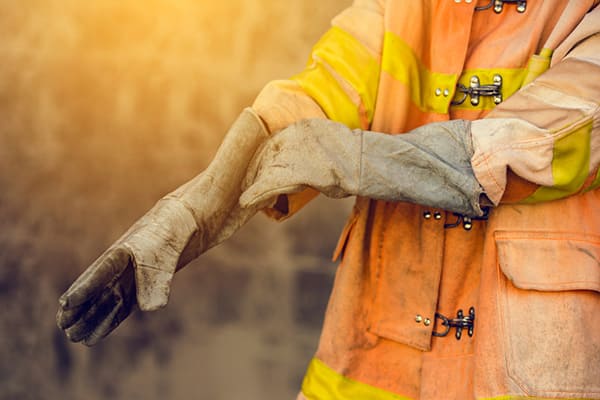PPE- Personal Protective Equipment.
PPE stands for Personal Protective Equipment. It refers to specialized equipment or clothing designed to protect individuals from various hazards and risks in the workplace or other environments. PPE is commonly used in industries such as construction, healthcare, manufacturing, and laboratories, as well as in emergency response situations.
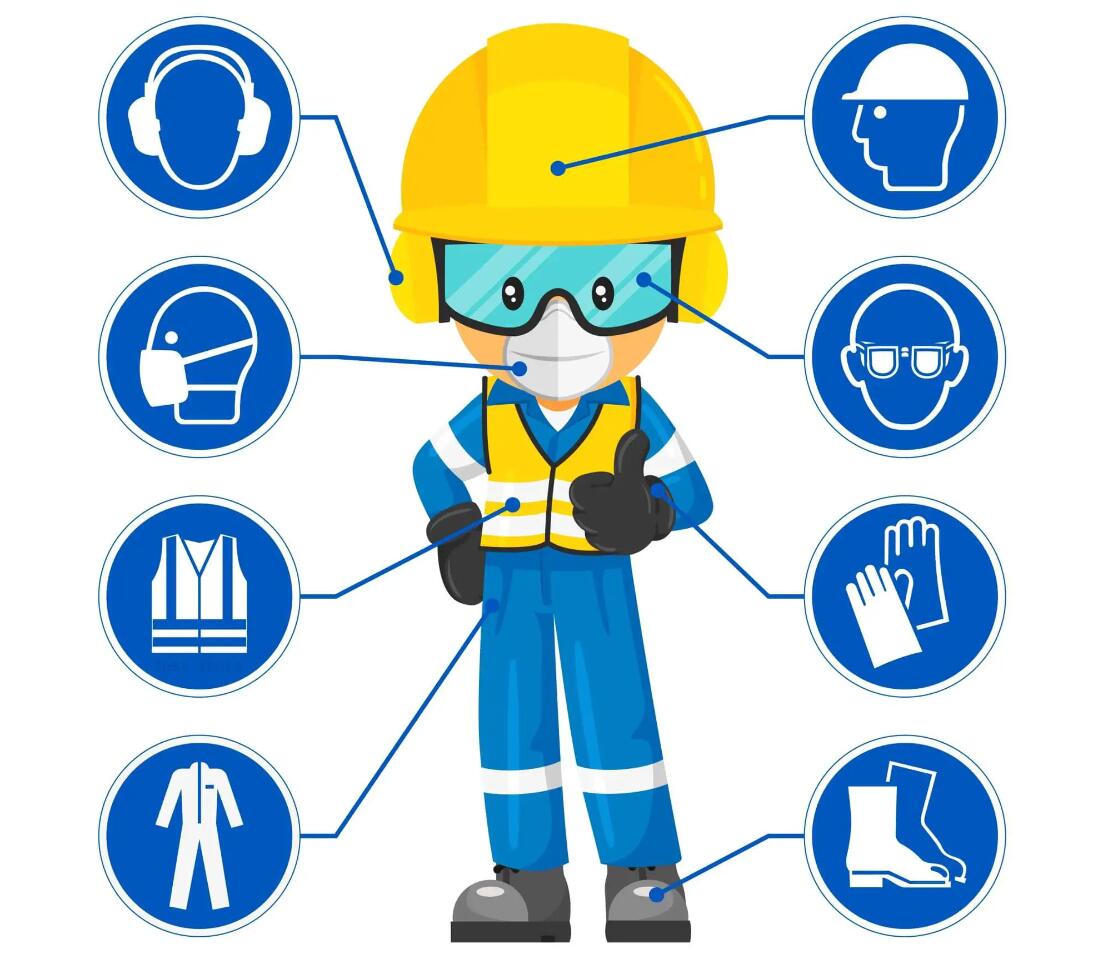
The primary purpose of PPE is to minimize the exposure and potential harm to the wearer from physical, chemical, radiological, or biological hazards. It acts as a barrier between the individual and the hazardous elements present in their surroundings. The specific types of PPE required vary depending on the nature of the hazards involved.
Here are some examples of commonly used PPE:
Head protection: Hard hats or helmets protect the head from falling objects, electrical hazards, or impact injuries.
Eye and face protection: Safety glasses, goggles, or face shields shield the eyes and face from flying debris, chemical splashes, or intense light.
Hearing protection: Earplugs or earmuffs reduce noise exposure and protect against hearing damage in loud environments.
Respiratory protection: Respirators or masks filter out harmful airborne particles, gases, or vapors, safeguarding the respiratory system.
Hand protection: Gloves, such as latex, nitrile, or leather gloves, shield the hands from chemicals, sharp objects, heat, or cold.
Foot protection: Safety boots or shoes with protective toe caps guard the feet against heavy objects, electrical hazards, or slippery surfaces.
Body protection: Coveralls, aprons, or vests provide protection to the torso and limbs against chemical exposures, heat, or contamination.

